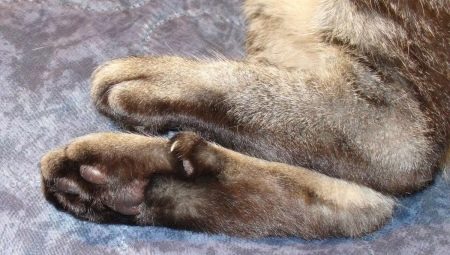Cats live side by side with people from ancient times. Despite their wayward and independent character, these amazing creations of nature are universal favorites of cat-men of all ages. It has been observed that in people whose cats live in dwellings, the risk of heart attack and stroke is significantly reduced. In physical capabilities they have no equal.
They are able to perform masterful jumps, balancing on a narrow strip with a minimum area of support, move silently, climb tall trees, respond with lightning speed to a changing situation and much more. Not the last role in such abilities belongs to the structure of their limbs and fingers on them.
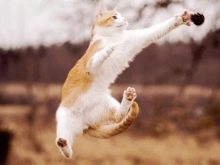
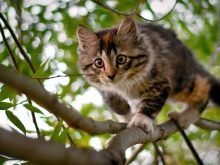

Paw Features
The specific structure of the paws gives special grace and elegance to the movements of all representatives of the cat family. On the pads of the paws there are many nerve endings and receptors, which provide high sensitivity. Feline cats are able to catch the subtlest vibrations, which helps these versatile hunters to detect prey at the slightest rustle. The cat will feel the upcoming earthquake much earlier than the owner.
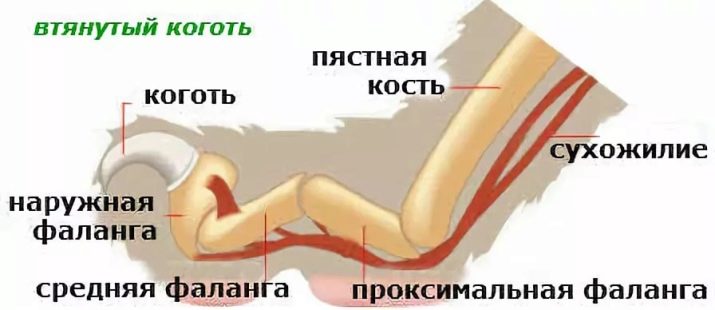
Fingers have an elastic cushion without a wool coating, and in each cushion there is a sharp sickle-shaped claw. With the help of tendons and muscles, cats pull their claws into a kind of “cover” of leather, resembling a scabbard. The retracted claws do not interfere with cats walking. But if you need to climb vertically, defend yourself from enemies, grab prey, the animals instantly spread their fingers and “take out their formidable weapons from the scabbard” - they release sharp claws.
Important! All cats are amblers: when walking, they rearrange both right and then both left legs.
The amble gives the cat additional maneuverability and stability, helps to quickly gain speed and change direction, almost without slowing down.
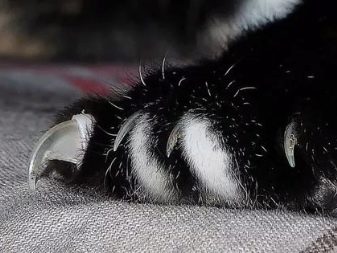
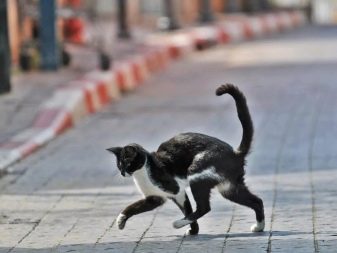
Functions
Cats walk on their fingers like ballerinas. It is the fingers that play the main role in the movement of cats. They do not step on the whole foot, but go on tiptoe. The mobility and flexibility of cat fingers allows animals to move quickly and silently, sneak up on prey, make unexpected maneuvers and rapid jumps, which is very important for predators. Fingers are able to move separately from each other and rotate in the right direction, which allows the cat to stay on high-risk surfaces: slippery, almost sheer, vibrating, loose, uneven.
When jumping from high altitude the fingers serve as shock absorbers, the elastic pads make the landing softer and safer, protecting the paws from injuries. Most likely, more than once we had to observe how cats “wash themselves” with the help of their forelegs, and superstitious people associate various signs with this procedure.
In fact, cats do this exclusively for hygienic purposes, as these animals are clean by nature. These predators must stealthily select prey and not give themselves away as anything - neither the sound of footsteps, nor the smell of the body. For centuries, nature has been observing and securing everything that is valuable and useful for the survival of any existing species.
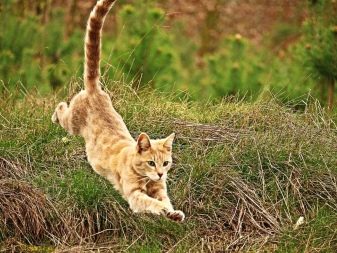
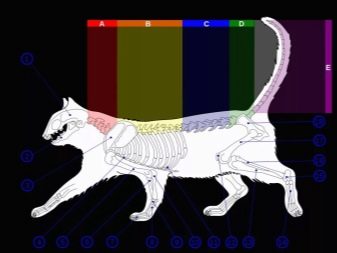
Sweating occurs through the paws. Sweat glands are on the fingertips. Feline sweat, not only in the heat, but also in stressful situations. Pads provide thermal control, prevent overheating of the body. With their front fingers and claws, the cats catch and hold the prey, the hind legs are shocked. Among felines, as well as among humans, there are “right-handed people” and “left-handed people,” moreover, cats prefer the left side, and cats prefer the right side. On the "priority" limb, animals have more developed fingers.
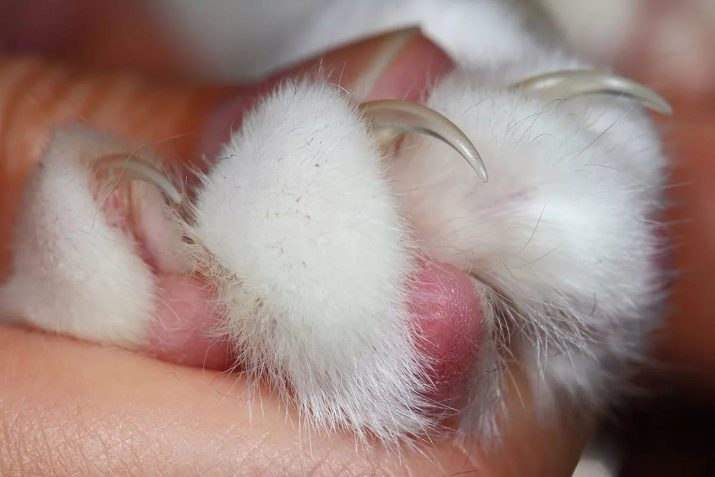
Count fingers and claws
As a standard, International organizations of felinologists consider the presence of 18 fingers the norm in ordinary cats. There are 5 fingers on the front legs, while walking on the ground there are 4 located in one row, and the fifth is higher than the others, does not participate in walking, but helps animals climb vertically and move along an inclined surface. On the hind legs of cats is 4 fingers.
Among feline cases, the birth of offspring with an unusual number of fingers is not uncommon. Most often, abnormalities occur on the forelegs, but also on the hind limbs. Instead of 5, the kitten may have 6 or more fingers on its front legs.
The Canadian cat Jake, who had 28 fingers, 7 on each foot, is listed in the Guinness Book of Records. A case of the birth of a cat with 32 fingers is known. Individuals with “extra” fingers are called polydacts, and the phenomenon itself is polydactyly (“poly” - a lot, “dactylos” - a finger).
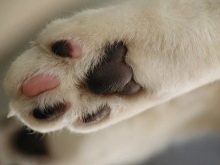

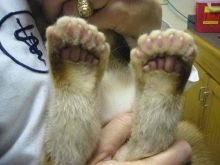
Possible anomalies
Gene mutations are characteristic of all multicellular organisms, they are also found among feline ones. An abnormal number of fingers can be in both cats and cats. This genetic abnormality is inherited. If at least one of the parents is a polydact, then the probability of having multiple-toed offspring is very high. “Extra” fingers can be on one foot of a kitten, on several or all four at once.
Even if there is only one “extra” finger on one leg, then clearly this is nothing but a manifestation polydactyly gene. This structural feature is not considered genetic ugliness, does not affect health, does not bring animals any discomfort. The only problem - such animals cannot participate in exhibitions due to non-compliance with exhibition standards, which no one will regret if the cat is healthy, energetic and beautiful. When examining newborn kittens and finding a “special” kitten, it is recommended to consult a specialist felinologist and find out the prognosis of the development of an animal with an identified anomaly.
If everything is in order, there is no threat to the development of other organs and the general state of health, no difficulties are expected in the normal life of the animal, the owner calmly raises a pet along with other kittens. With polydactyly, this usually happens.
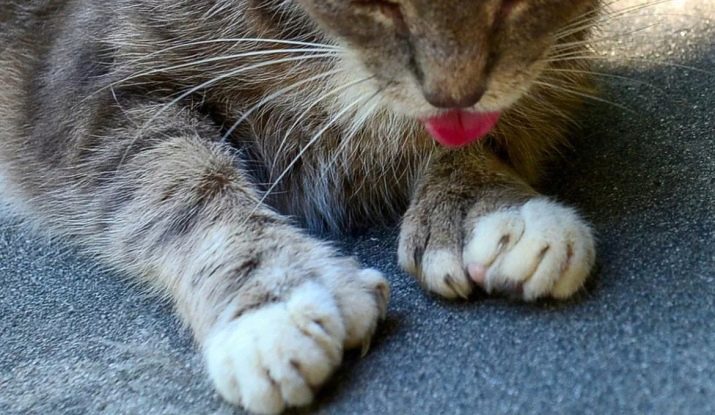
Many owners of polydacts note an increased intellect in their pets, even compare it with the human one and assure that cats with each family member have a special relationship and understanding that is close to telepathy. Theodore Roosevelt had a multi-fingered cat for a long time, in which the president “had no soul” and often allowed him to attend official receptions, while in the close circle of the president it was jokingly said that the cat brings good luck to the White House. However, people who are prone to prejudice and believe in mysticism should not have multi-fingered cats. In fact, such a feature is nothing more than a peculiar appearance.
In addition to polydactyly, there is a hypodactyly mutation when there are not enough fingers on the legs of a kitten. Unlike polydactyly, this is a serious illness, which is usually accompanied by congenital pathology of the liver and urinary canals.
The hypodactyly gene activates the “garbage” genes that cause the development of the most serious pathologies of the internal organs. Fortunately, this deviation is extremely rare, but it does happen. The foot has a non-standard look and resembles a claw.
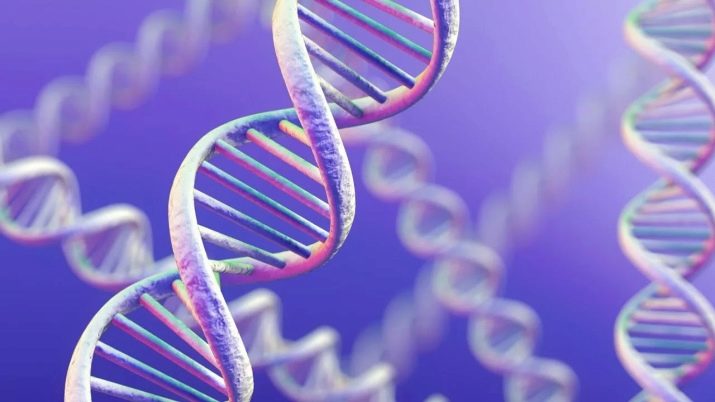
Animals cannot fully move, run, jump, cope with natural needs. Such kittens rarely survive to adulthood and constantly endure physical torment. Unfortunately, life consists not only of touching touches of furry pets. Finding a kitten with hypo-dactylia in the litter and getting an exhaustive consultation of a specialist will have to make a difficult decision and put the sufferer to sleep - this is more humane than condemning him to an unbearable existence.
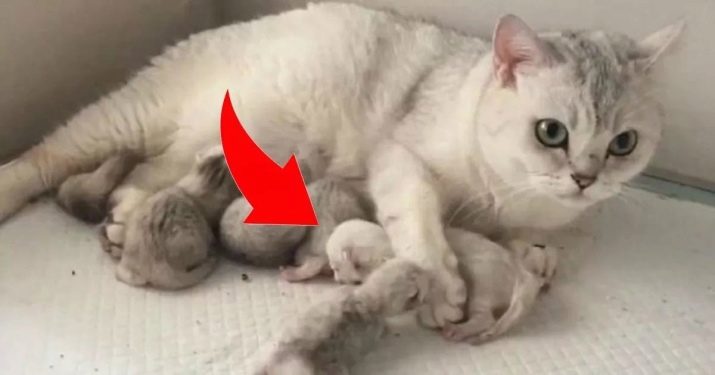
Paw care
The cat's paws need to be looked after no matter how many fingers the cat has. Due to the increased sensitivity of paws, cats do not tolerate sharp fluctuations in temperature and pressure, they react painfully to the slightest damage to the pads, suffer greatly from physical pain, eat poorly, and can become aggressive or depressed. The causes of damage can be very different. These are cuts with sharp objects during walks, thermal burns during an accidental jump to a hot surface, chemical burns when jogging through snow treated with chemicals, frostbite in the cold.
All cats instinctively try to protect their paws from damage, as much as possible with the lifestyle of each animal. The owners' task is to help the pet as much as possible. The paws of domestic cats need to be carefully examined every day. If there is damage, scuffs or even minor scratches, consult a veterinarian and treat the pads with healing agents.
In addition, microcracks and weeping sores on the skin of the pads can appear from improper nutrition of the animal, from severe stress or a hidden disease of internal organs. In this case, you will need a deep diagnosis, comprehensive treatment and constant monitoring in a veterinary clinic.
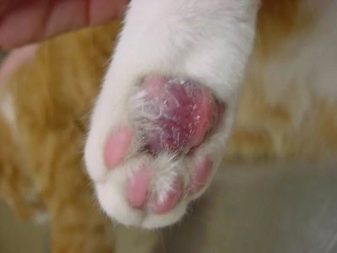
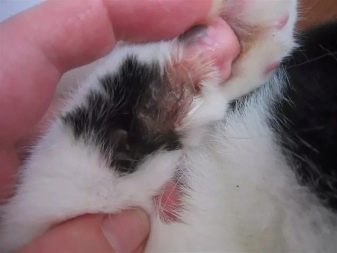
Terrible-looking claws of pets are also very sensitive, so you need to cut them with special care, without causing pain and without accidentally damaging your fingers, to prevent too long claws from growing so that they do not split. In the feline wildlife, the natural imprisonment of claws on natural materials is sufficient, the pet should have a quality claw.
Claws for cats are an integral part of natural life. Having settled the kitten at home, you need to be prepared not only for positive emotions, but also for less pleasant surprises.For example, a pet can spoil with claws expensive interior items, in which there is no fault at all - this is the “cant” of the owner in the upbringing.
Unfortunately, some owners of animals who reacted to the acquisition of a cat irresponsibly quickly get bored with claw problems, they are solved on Surgical Onyctomy - Claw Removal. This is a very complicated procedure that only young healthy cats can handle. Together with the claws, the phalanges of the fingers are amputated. Many owners, depriving a pet of protective equipment, have a poor idea of what they doom their pets to. With any, even the most successful result of the operation, the further life of your beloved fluffy will not be complete.
Reduced foot size redistributes the load on the foot, joint displacements and arthritis develop, the vestibular apparatus functions with disorders until the end of the cat's life. Negative attitude to such an operation is widespread among the vast majority of cat lovers and among veterinary surgeons themselves.
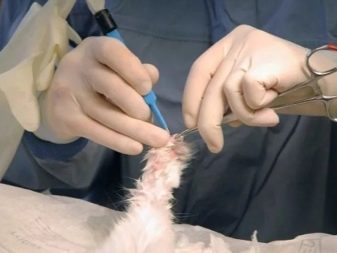
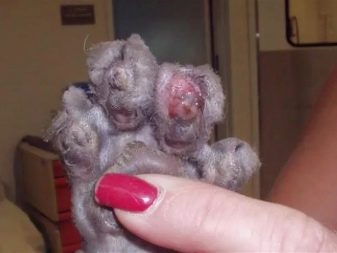
You can look at the six-fingered cat further.
